Asthma Management: Case Study Analysis, Treatment, and Education
VerifiedAdded on 2021/05/31
|6
|1475
|237
Report
AI Summary
This report delves into the comprehensive management of asthma, using a case study approach to analyze the condition and its treatment. The report begins by identifying the patient's symptoms, which align with allergic rhinitis, and explores the potential environmental and genetic factors contributing to the patient's condition. It then explains the pathophysiology of asthma, including airway inflammation, mucus hypersecretion, and airway hyperresponsiveness. The report emphasizes the importance of proper diagnosis and the role of asthma action plans. Effective pharmacological treatments, such as reliever medications, are discussed, along with the significance of patient education in managing asthma. The report highlights the role of healthcare professionals in educating patients about the causes of asthma, medication usage, and the importance of recognizing warning signs. It also references the 'Australian asthma handbook' and discusses the benefits of asthma education programs, including improved lung function, reduced absenteeism, and fewer emergency visits. The report stresses the importance of patient and family education regarding triggering agents, medication contraindications, and proper inhaler techniques. The report concludes with a summary of the key aspects of asthma management and the importance of a holistic approach that includes patient education, pharmacological interventions, and a well-defined asthma action plan.
1 out of 6
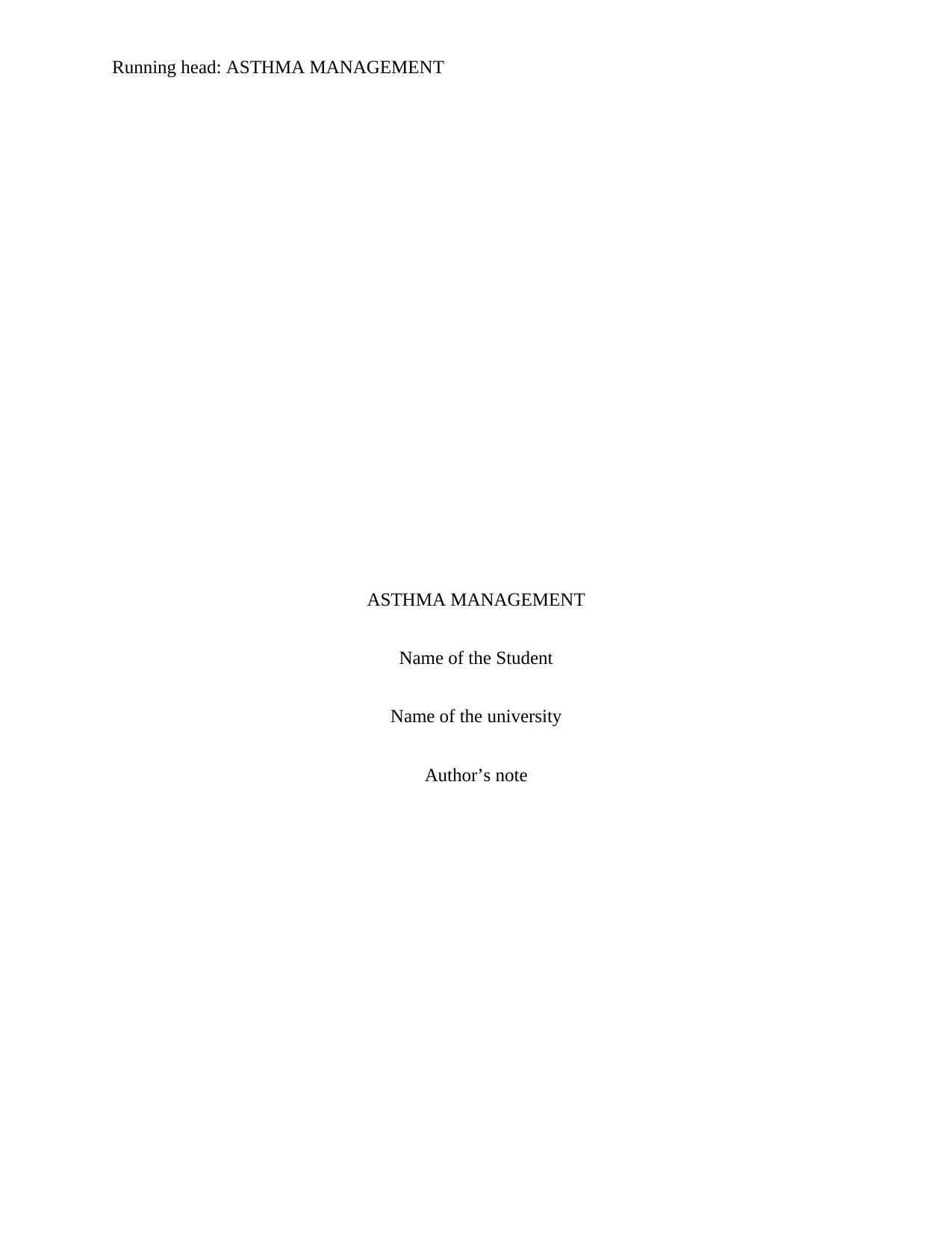
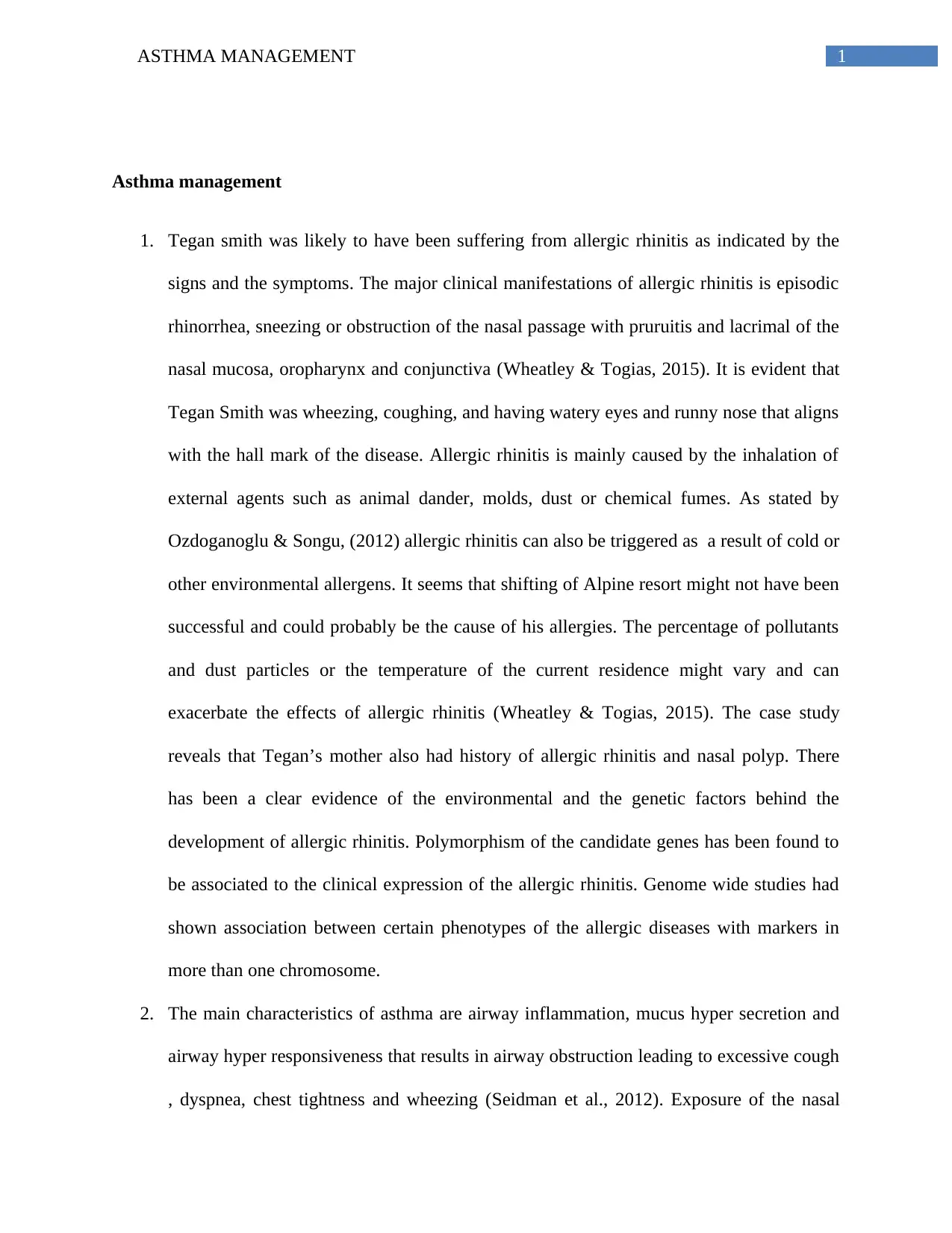
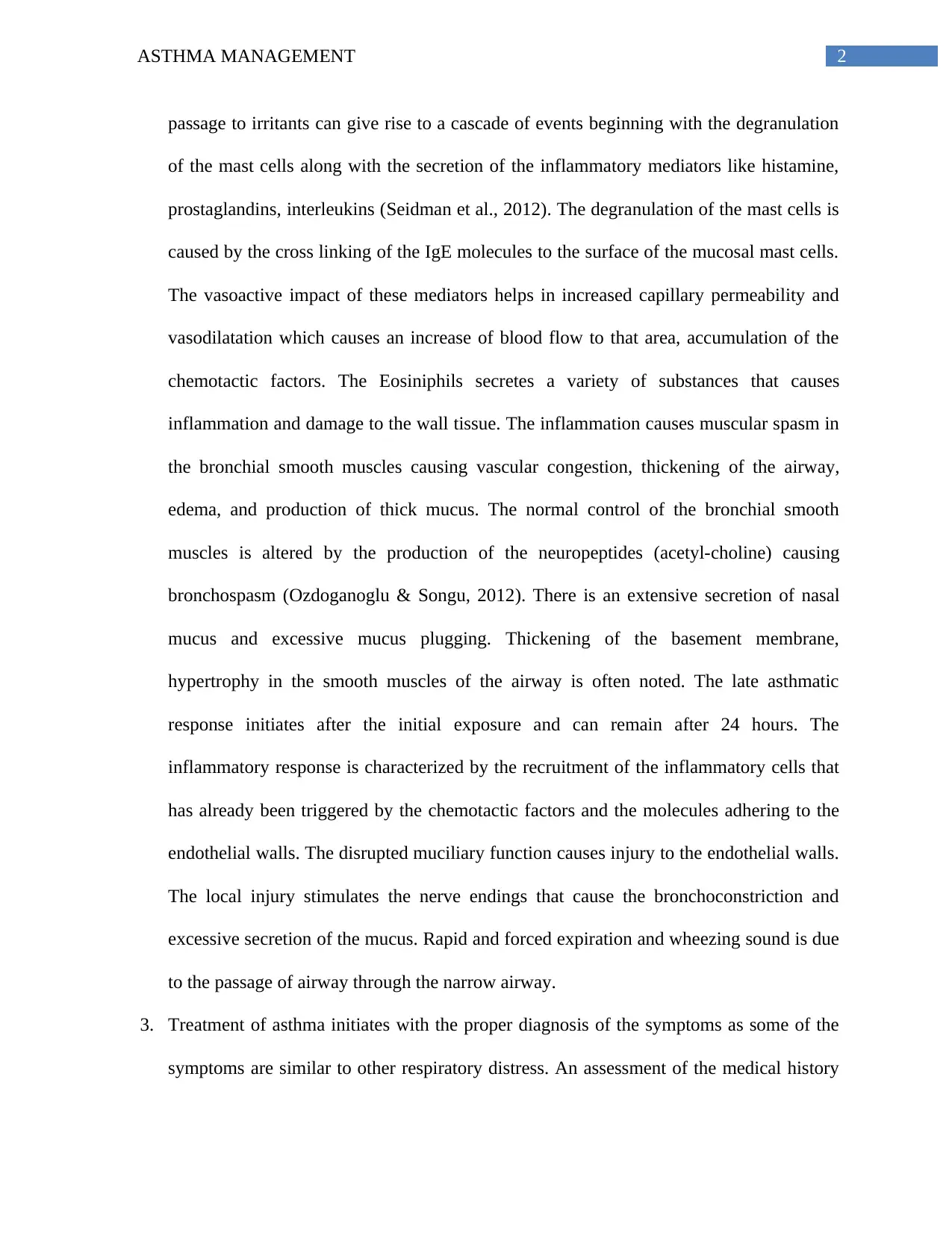

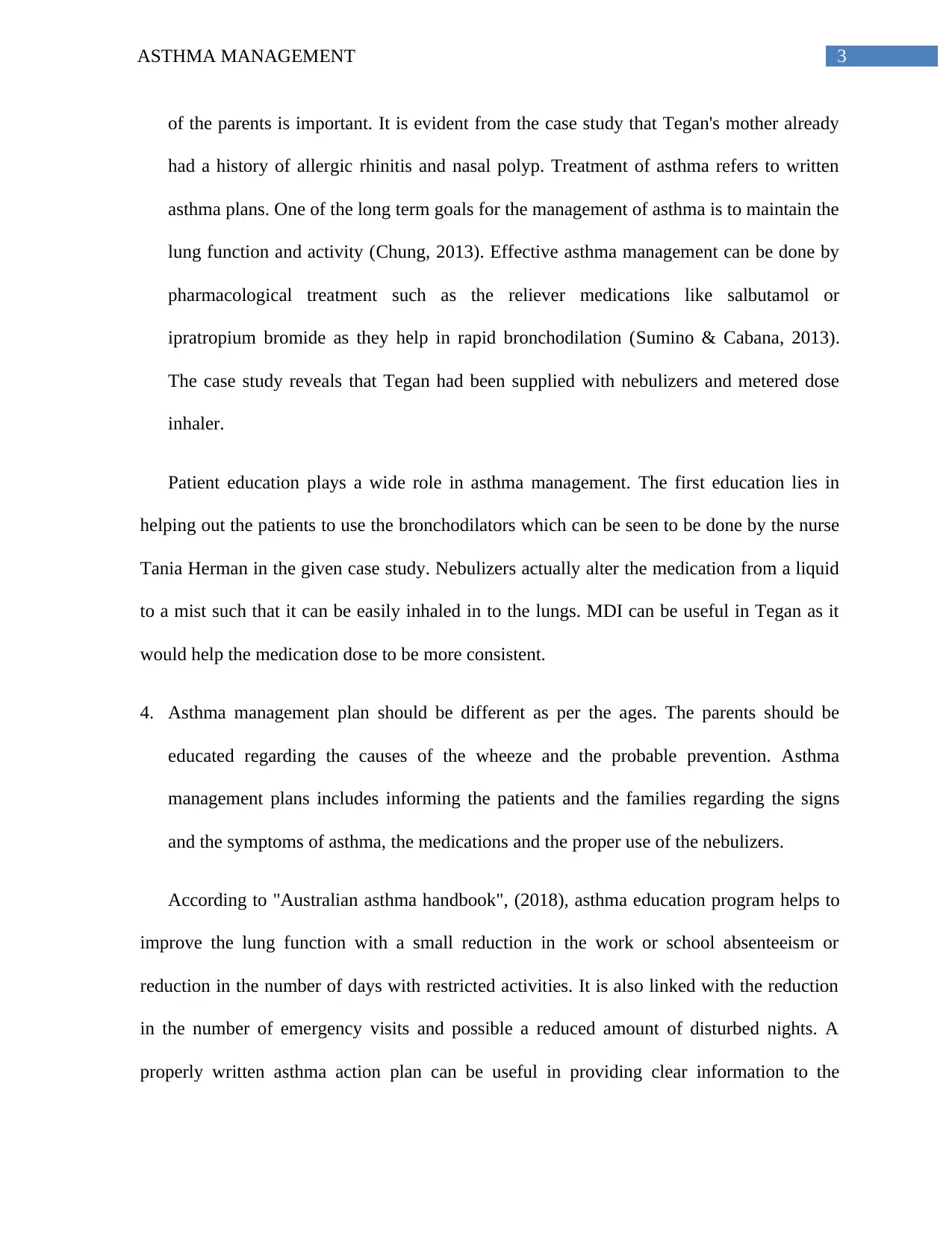
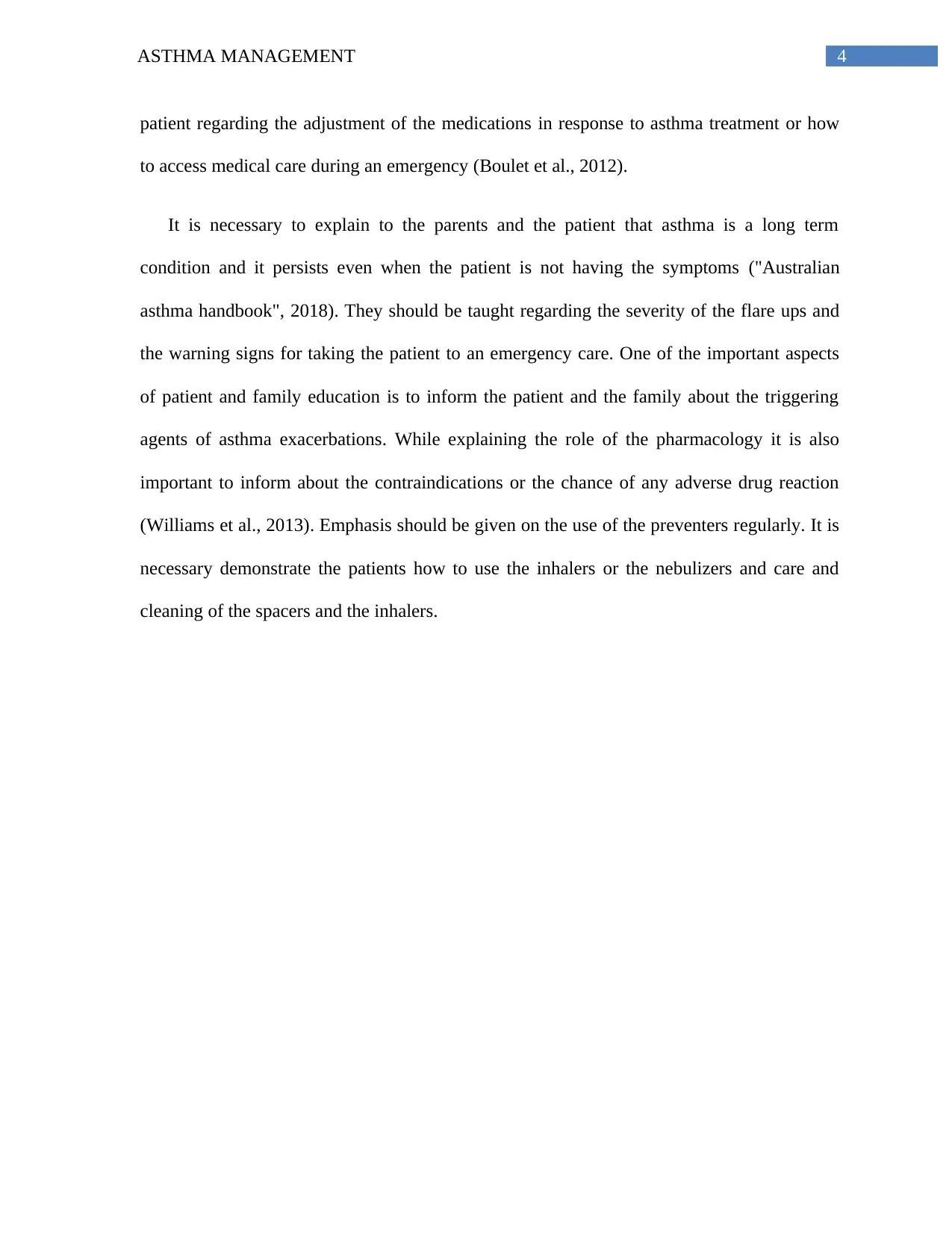
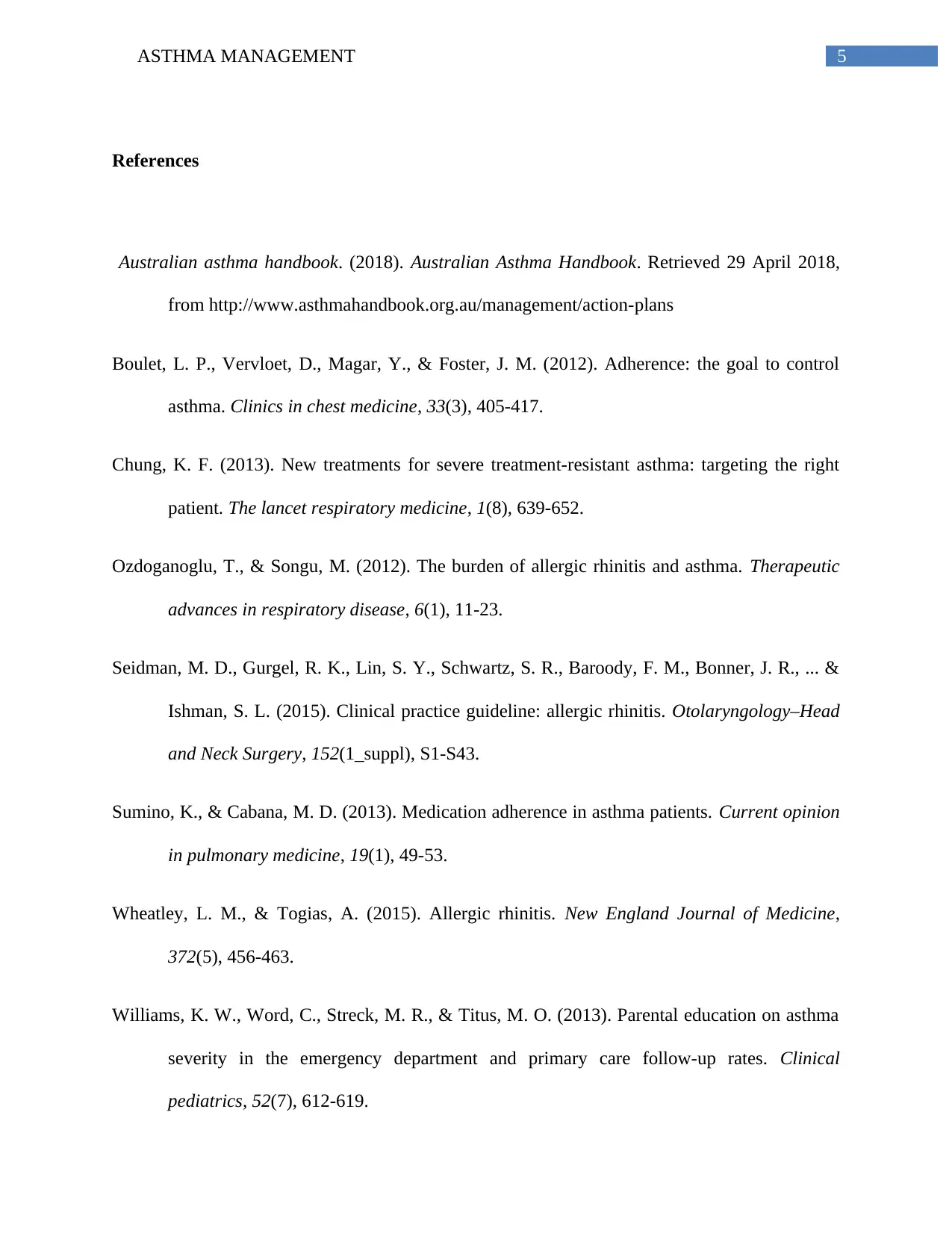






![[object Object]](/_next/static/media/star-bottom.7253800d.svg)